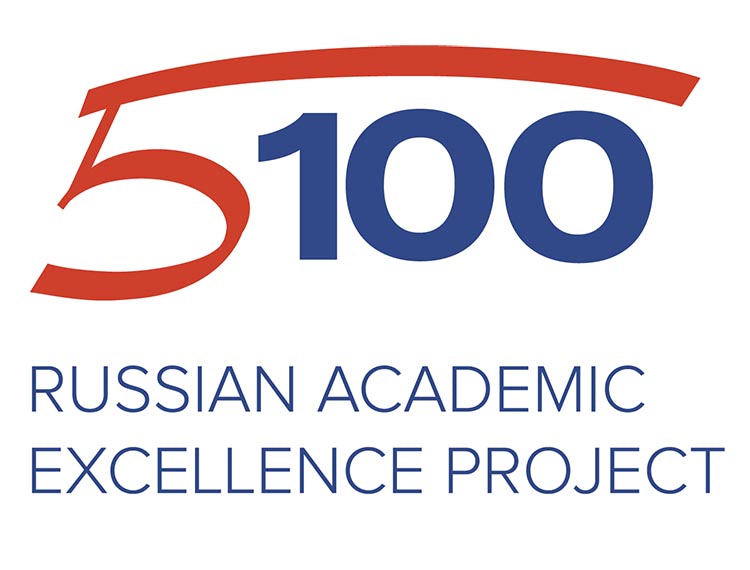UK still 2nd most attractive country for foreign students

According to the UNESCO Institute for Statistics (UIS) , the United States (19%), the UK (8%), Australia (7%), France, Germany and Russia (5% each) account for over 50% of outbound internationally mobile students.
By 2025, the number of full-time foreign students at Russian educational institutions (higher and secondary vocational education) should increase to 710,000. Russian revenue from education-related exports is expected to grow.
Making Russian education more attractive and competitive on the international education market is one of the Government’s priorities. The Government’s objective is also to continue supporting national institutions to increase and maximise education exports.
With a projected boost, fuelled in large part by a project devoted to exporting Russian higher education and a Russian Academic Excellence Project (Project 5-100) aimed at raising the standing of Russia’s leading universities among the world’s top-class research and education centres, Russia brings together the strength and depth of the whole education sector and is improving the profile of national education overseas, adapting to different requirements and addressing challenges.
Strengthening this country’s position as an outstanding place for education and research, further enhancing its international competitiveness, and ensuring that it will become one of the ten leading countries in terms of general education quality are the goals of the national project “Education”.
When considering what higher education exports are and their value to the national economy, experts note that international mobility of students in higher education is not only a driver for tuition fee income and other spending from overseas sources, but a complex issue.
“International student mobility is one of the important factors in shaping effective interpersonal communication skills, increasing the number of cultural contacts, and attracting the most talented people to the national economy and giving them an opportunity to put their skills into practice in this country,” said the Prime Minister Dmitry Medvedev at the meeting of the Presidium of the Presidential Council for Strategic Development and Priority Projects.
The head of the Government emphasised that developing Russia’s education exports has to be one of the priorities. According to Dmitry Medvedev, this market has grown sharply in recent years, but competition from other countries is intensifying.
Experts note that the targets set at the Russian project on developing the education exports to increase education exports, including targets on international enrollment and revenue from education-related exports were achieved in 2017 and 2018. In 2017, there were 220,000 international students in the institutions participating in this national project. In 2018, the number of foreign students has already increased to 240,000. In 2017, revenue from foreign student enrolment exceeded 84 million rubles, while in 2018 it is over 96 million rubles.
According to the Federal State Autonomous Scientific Institution Center for Sociological Research (Sociocenter), the number of international students in Russian universities has more than tripled since 2004. “At the same time, the number of extramural non-Russia domiciled students at higher education institutions multiplied by 5.5 times, while the number of full-time students increased by a factor of 2.7,” says Alexander Arefiev, Deputy Scientific Director of Sociocenter. The average share of international students studying at basic education programs in Project 5-100 universities was almost 14% in 2017. This figure for all universities – being part of the Russian Academic Excellence Project since 2013 – doubled compared to 2013. The expert emphasises that non-residents mainly prefer to be full-time students (230,000 non-RF domiciled students). Sociocenter experts note that from 2005 through 2017, Russia’s revenue from education related exports saw a sixfold increase.
313, 000 non-residents studied in Russia in the 2016/17 academic year. Experts believe that the increase in the number of overseas students was also due to signing mutual recognition agreements (MRA) with several foreign countries. Since 2009, Russia has signed these agreements with 14 countries, including Italy, France, South Africa, Malta, and Hungary.
According to Sociocenter, engineering training (22%) and medicine (20%) are particularly popular among overseas students. Economics and management are the most popular degrees among extramural foreign students (39%). Law (10%), humanities and social sciences (9%) lag seriously behind them.
Leading Russian universities continue to develop joint educational programs with foreign partners and launch programs in English, online courses and special education programs for foreigners, establish summer and winter schools.
To help international students looking to study in the leading Russian universities, StudyinRussia was launched. StudyinRussia is a comprehensive resource and a unique guide on how to apply to Russian university, an efficient tool used for selection into education programs and future career. “It helps shape a unique Russian education brand and attracts international students to the universities participating in Project 5-100,” says Acting Director of Sociocenter Nadezhda Polikhina. According to Polikhina, StudyinRussia provides opportunities for both applicants and universities. Prospective students can select an education program based on a detailed description, send an application directly to a university, without intermediaries, and get a step-by-step guide on applying to Russian universities. StudyinRussia.ru allows universities to personalise communication with overseas students and receive real applications from prospective international students, provides each university with a world-class promo section (profile) as well. It contains 3,355 programs in Russian, 3,160 programs in English, and 2,136 programs in Chinese. “The number of applications filed and submitted by prospective students via the portal has increased by 3.5 times. There have been 1.3 million users on StudyinRussia, and universities have received 58,000 applications in the 2017/18 academic year,” said Polikhina.
According to HSBC, globalisation of higher education shows no sign of stalling. The study of over 8,000 parents across 15 countries and territories found that more than two fifths (42%) would consider sending their child to university abroad, compared to 35% in 2016. In Asia, the share of parents who are ready to organise their children’s studies abroad exceeded 50%.
More generally, student mobility continues to climb with 4.6 million higher education students studying abroad in 2017 compared with 2.1 million in 2001.
***
Project 5-100: Starting from 2013, Russia has been implementing Project 5-100, – a state support program for Russian universities. Its goal is to raise the standing of Russian higher education and have at least five member universities in the top-100 of three respected world rankings. Project 5-100 is enabling 21 Russian universities to move forward in terms of effectively strengthening their education and research, promoting innovations and R&D, facilitating international cooperation, streamlining administration, balancing the authority of the management and academics, nurturing a proactive academic environment, increasing internationalization, providing sufficient incentives for attracting the top professors from around the world and also for the existing faculty’s professional growth.












Responses